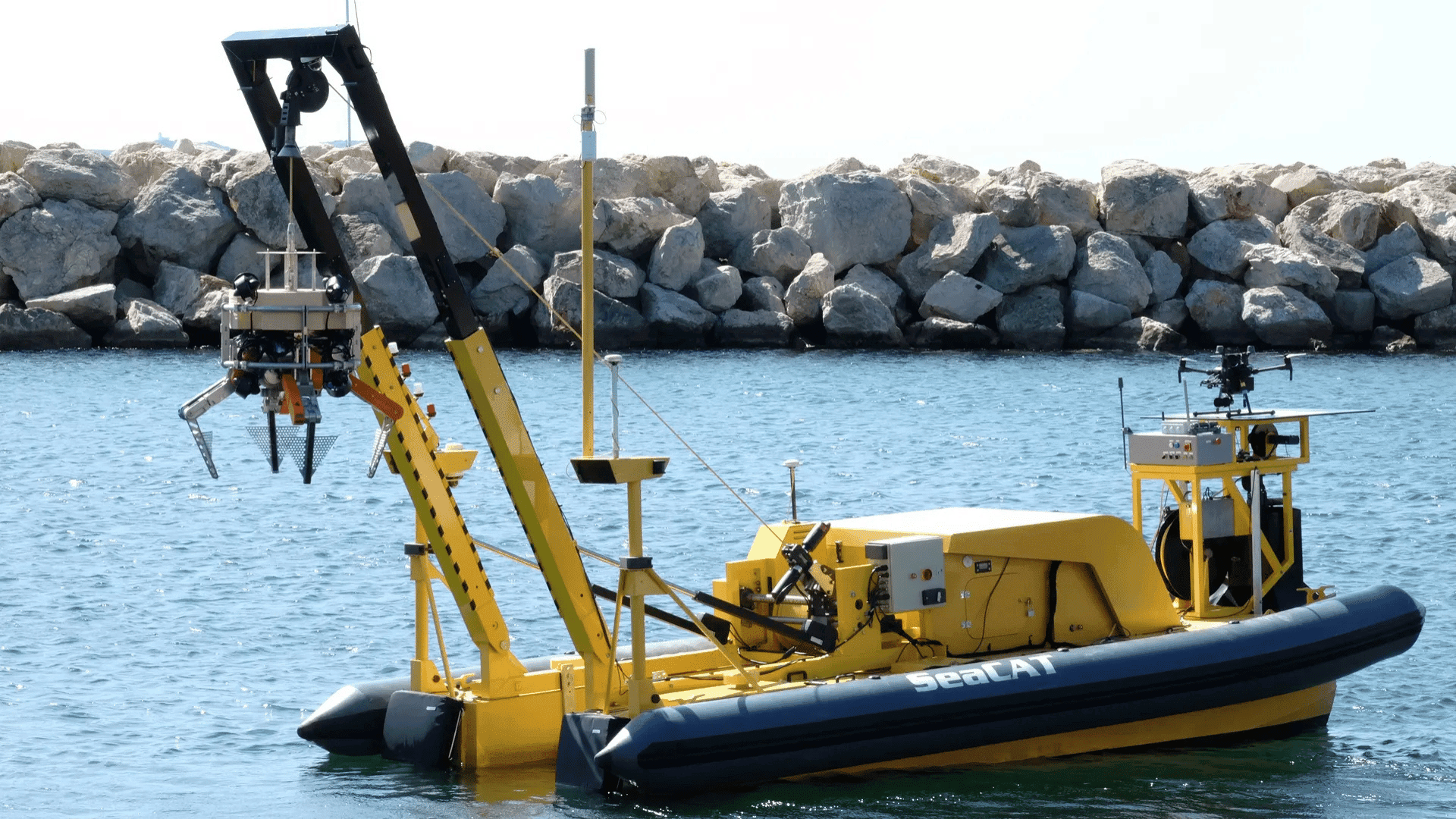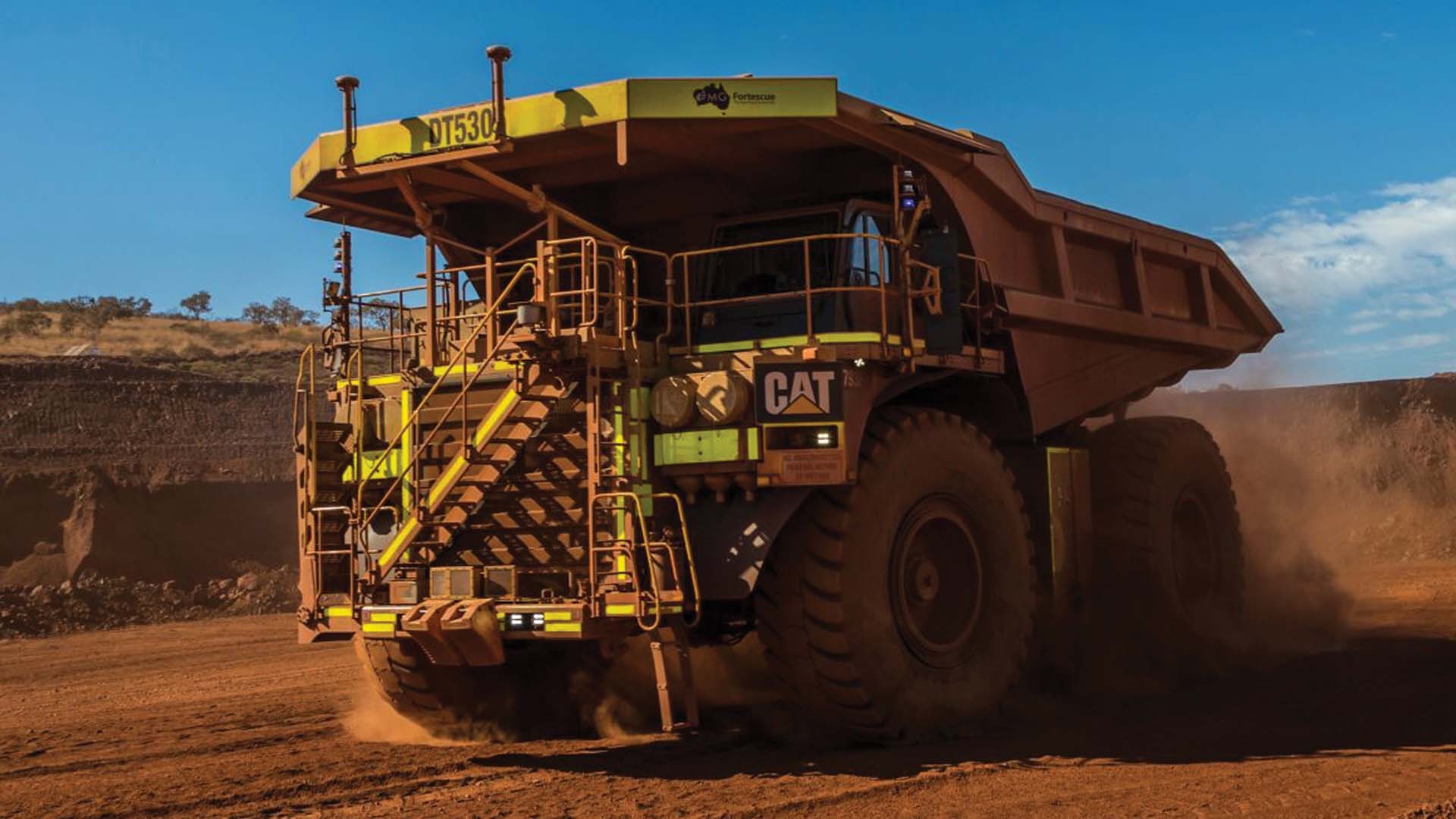Marine litter comes in many shapes and sizes, from old tires to fishing nets. However, the results are the same; it all poses a significant environmental threat to coastal and harbor areas. Traditionally, divers take on the labor-intensive and sometimes dangerous task of cleaning up underwater junkyards.
This reality may soon be a thing of the past with a new autonomous, robotic solution. Researchers at the Technical University of Munich (TUM) developed an autonomous diving robot to detect and retrieve marine debris.
This system, which has already demonstrated its capabilities in the port of Marseille, France, promises to make underwater waste collection more efficient and profitable, especially at greater depths. Researchers demonstrated the system’s capabilities in the port of Marseille, France. TUM engineers say the system promises to make underwater waste collection more efficient and profitable.
Autonomous Robot Waste Collector

TUM’s technology is part of the EU-funded SEACLEAR project. The SEACLEAR system is a network of autonomous units working together. According to researchers, it includes an unmanned service boat, a drone for aerial reconnaissance, a small underwater search robot, and the TUM diving robot.
According to Dr. Stefan Sosnowski of TUM’s Chair of Information Technology Control, an analysis indicates that autonomous waste disposal becomes profitable at 16 meters or deeper.
The service boat, which acts as the base station, sends ultrasonic waves to map the seabed. Then, a dedicated search robot pinpoints areas of interest. Finally, the TUM diving robot dives to the locations to collect the identified trash.
Artificial intelligence is a key feature of the TUM underwater robot. Researchers say identifying underwater objects is complex because they lack existing training data. “That’s why the project partners have so far labelled over 7,000 images as objects that don’t belong on the seabed,” said Sosnowski.
The advanced AI system uses cameras and sonar to identify objects and then converts the images to 3D. “This is important for deciding where the object can be gripped securely,” Sosnowski added.
The robot has a four-fingered dripper. While the gripper is powerful, researchers say it is also sensitive. It has a squeezing force of 4,000 newtons and can lift objects weighing up to 250 kilograms (551 pounds). Special sensors help the gripper gauge the required force, preventing plastics and glass from being crushed.
Buoyancy foam keeps the robot stable, allowing the submarine to move precisely as it approaches and retrieves debris.







